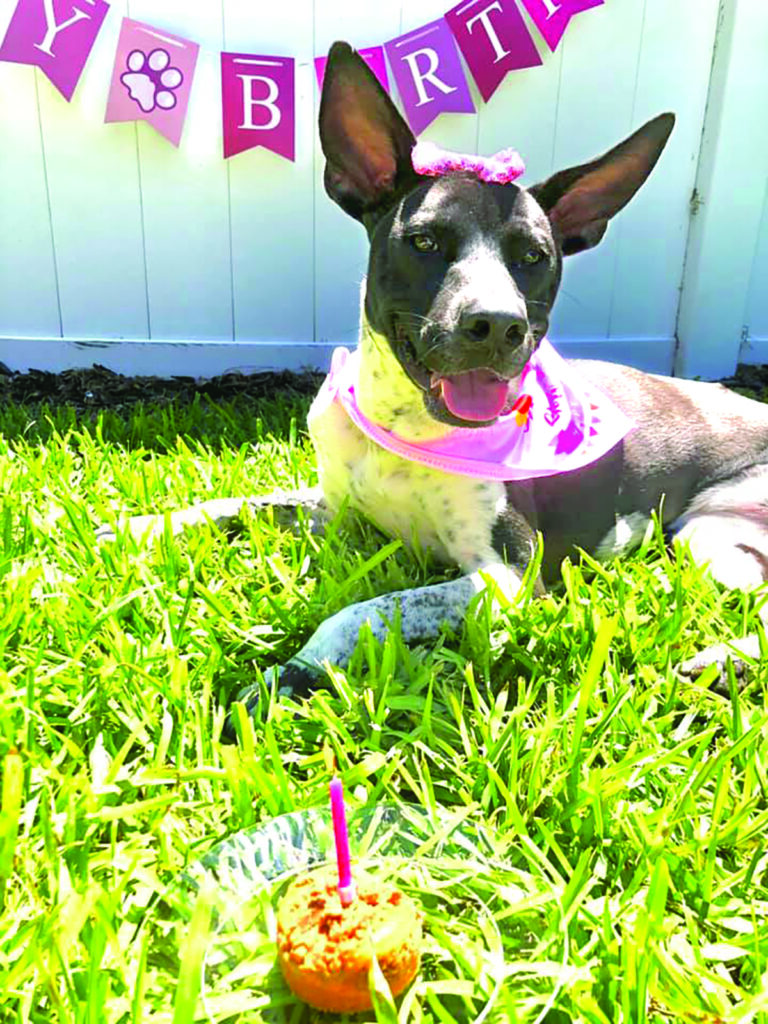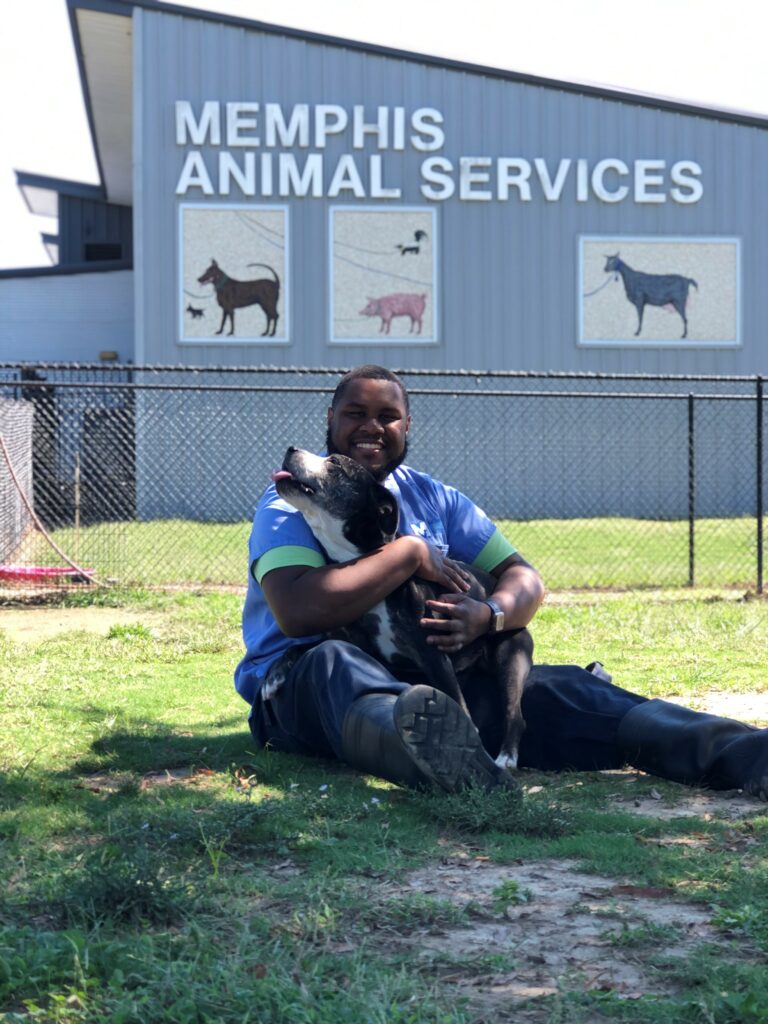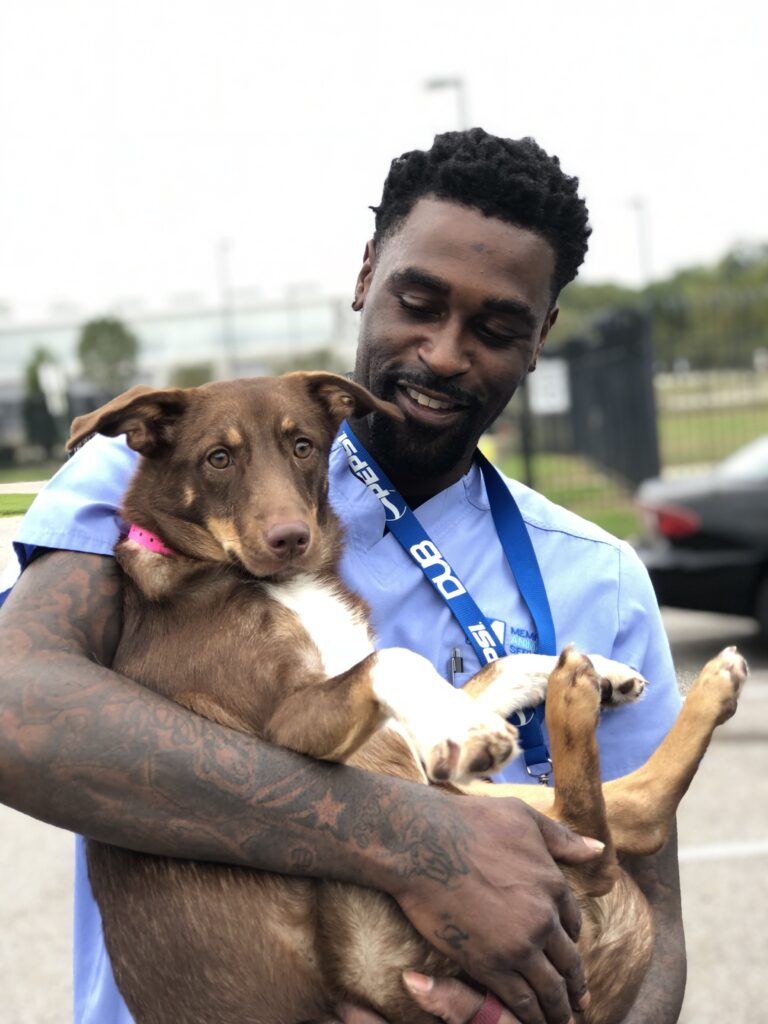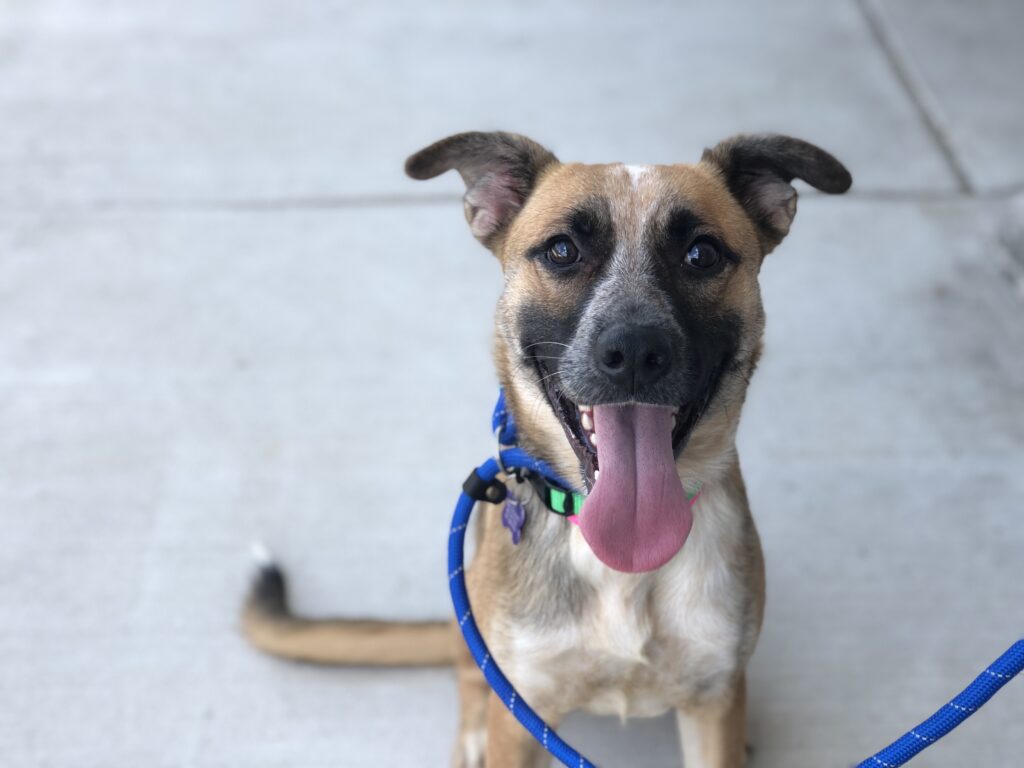by Tricia Dewey
The pandemic brought about a profound change to daily life, and for those of us who already had pets, more time at home was a silver lining–I know our three rescue pups were living their best lives with all of their people at home. Beginning in March 2020 many realized that more time at home created an opportunity to bring a pet into their lives or to add to their pet families. Many turned to local rescue groups for their new pups and kitties, while social media feeds blew up with relatable rescue dogs and foster kitty content.
Streetdog Foundation co-founders Kent and Melanie Pafford noted that when the pandemic first started, the applications for adoptions and fosters initially shot up. Their applications were backlogged even though they were processing as many as they could. Melanie thinks some potential adopters looking for shorter waits visited the Humane Society of Memphis and Shelby County and Memphis Animal Shelter (MAS) instead, which was still a positive outcome. Melanie says that once the new normal of staying at home set in, Streetdog saw a drop-off in applications, “It was overwhelming at first and then a decrease all of a sudden.”
The Streetdog application, interview, and home visit process, are very detailed and served them well during this time. Rescues are familiar with the ebb and flow of adoptions cycles and even though this uptick was caused by a pandemic, they realized quickly that the time at home, like summer adoptions, would eventually end, and adopters had to plan for how their new pets would adapt when their families went back to work or school. Melanie says fitting her rescues with an adopter is crucial to actually keeping dogs housed. Many adopters already had dogs in the home.

“We work to make this relationship work because it’s a huge commitment. It’s a phenomenal thing to see dogs fall in love with each other, to see the delight on their faces. That’s what we aim to do for our babies.” Once the rescue is approved, Streetdog allows for basically a two-week or more trial period before the adoption becomes final to make sure the new relationship is working. For the most part Streetdog has not seen a big problem with dogs returned to them because of all the work done prior to adoption by their committed volunteers to grow and support the adoption process. “We know how we feel about these dogs….We had to be able to sleep at night knowing we picked the right person. When people have a change in life, move out of the country, for example, the dog comes straight back to us. We have very few returns but this tells us the system works. We have a great Streetdog family, volunteers and fosters. We don’t adopt dogs out, we adopt families in.” They have placed approximately 160 dogs so far this year.
Ginger Natoli founder of Tails of Hope Rescue focuses on rescuing tough medical cases and found that she was very busy dealing with broken bones of her rescues during the beginning of the pandemic when the only dogs who were coming into the Memphis Animal Shelter were aggressive dogs or those who were injured, leaving many strays to be hit by cars.
Although they had many contacts from potential adopters, Natoli had to make sure when adopters went back to work they would still be able to care for their new pets. So she asked some of them to consider fostering, “A potential adopter who returns to work is better for a foster dog than being crated in a shelter almost 24/7. We had quite a few fosters who helped out and stayed on. Adopting turned out not to be a good option for them. Some people surrendered dogs after going back to work. But fostering was a great option: Their dog has company, a free doggie playmate, you’ve saved a life, kept another dog out of the shelter, and created space to save another life. And our rescue covers all the costs for fostering dogs. So we helped people to see that there were other options to rescuing one dog. With every problem there was a solution.”
Ashley Sansome is the director at Wilson Animal Rescue, which is a smaller rescue that depends almost solely on a trusted group of about 10 foster families who foster nonstop. Originally during the beginning of the pandemic, they experienced an increase in potential adopters, which has seemed to level off. They primarily work with Memphis Animal Shelter and other shelters in smaller towns like Cleveland-Bolivar County Animal Shelter and West Memphis, much of the time rescuing puppies as their foster system works well with them. MAS usually asks them to take puppies when they are too young to be adopted or too small. They are doing a lot more with outreach solving problems like food costs to help keep dogs in homes. She says that now more than ever rescues are needed because people are finding more dogs on the street.

Memphis Animal Shelter saw a huge boost in fostering and even adoption during the early months of the pandemic. Katie Pemberton, community engagement specialist at MAS, noted, “It has been reported in some media that there were a lot of adoption returns as people went back to work, and that’s just not anything we’ve seen. No other shelters we’ve spoken to have seen that either. However, it is a national trend right now that adoptions are down, and we’re not sure why. But our intake is getting very high, so we absolutely need help from the public in the form of adoptions or fostering. Adoption is obviously extremely important, but of course there are only so many times you can adopt. Fostering is so special because you can help save lives over and over and over again.” After the pandemic, the MAS Pet Resource Center, started in 2017, really ramped up assistance including a pet food pantry, urgent veterinary care, minor fence repair, doghouses—anything that could help someone keep their pet. They also help provide pet deposits and pet fees to pet parents to help keep everyone housed.
So far this year the Memphis Animal Shelter (MAS) has taken in on average 21 pets per day and has adopted 10 per day (some days as many as 50 animals). They currently have approximately 220 dogs and cats available for adoption. Pets also leave the shelter by transfer to a rescue group or to an individual foster.
Napoli of Tails of Hope says that realistically since she started TOH in 2010 there are more rescues needed. She feels like she has constantly been doing the same work, everyone is overcrowded, and some rescue groups have closed their doors from burnout during the pandemic. Melanie and Kent Pafford agree saying they would love to be put out of business. All rescues and MAS require spaying and neutering before adoption. Stricter spaying and neutering laws would help to decrease the number of rescues. Napoli notes there is just an overabundance of animals. Adult dogs in shelters are being overlooked because puppies are continually coming in. All rescues would agree that more fosters are needed. Some rescues help by transporting dogs to the Northeast and Midwest where more strict spay and neuter laws leave their shelters less crowded and where there is a demand for
adoptable dogs.
In the end, the Paffords say, “We are still fulfilling our mission. It’s a lot of work but being able to see the eyes and faces of dogs getting rescued and then finding their special person it’s worth the joy. It adds so much to our hearts and spirits to know all these dogs.” Who rescues who again?









